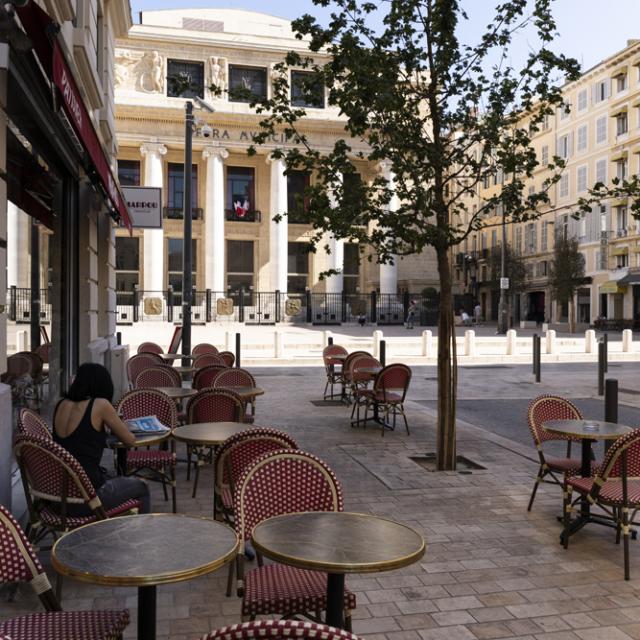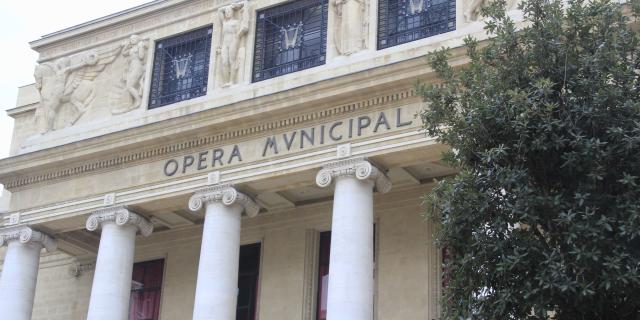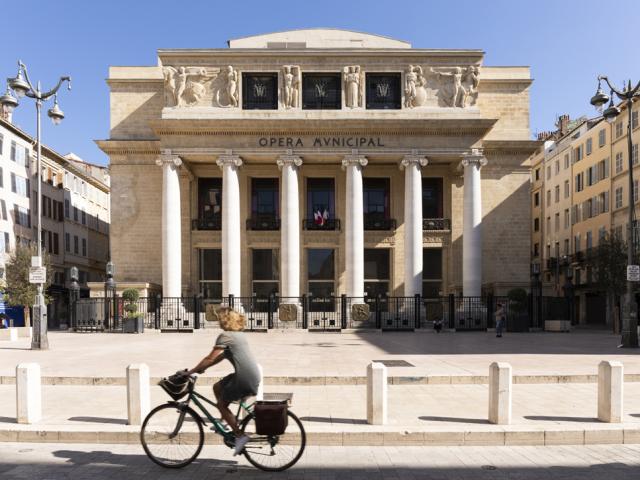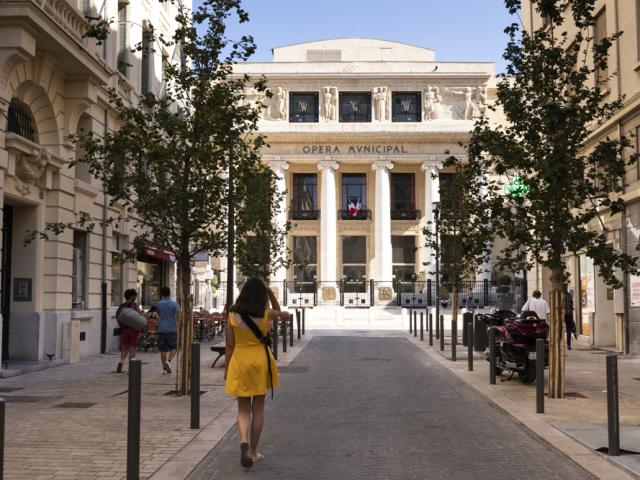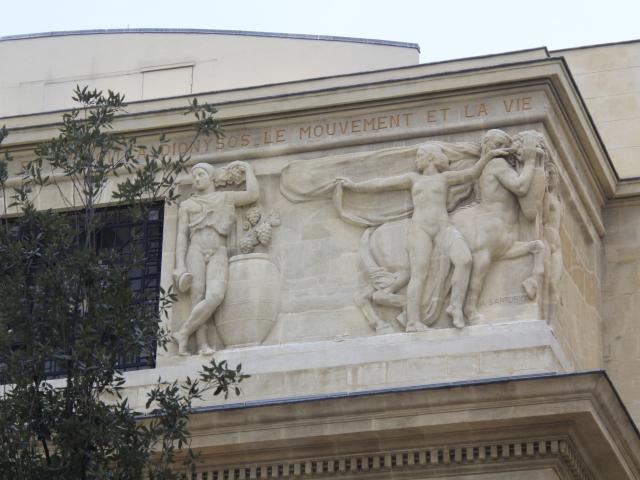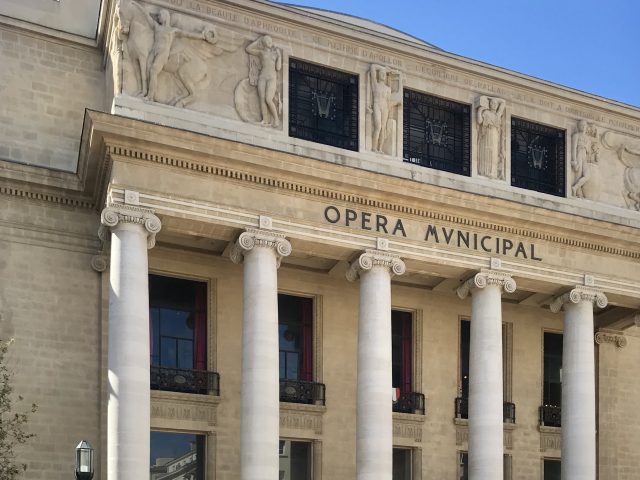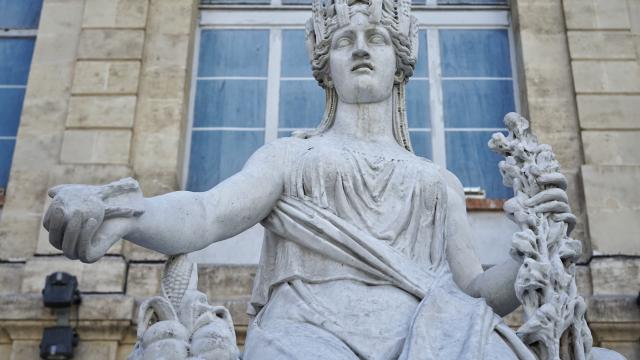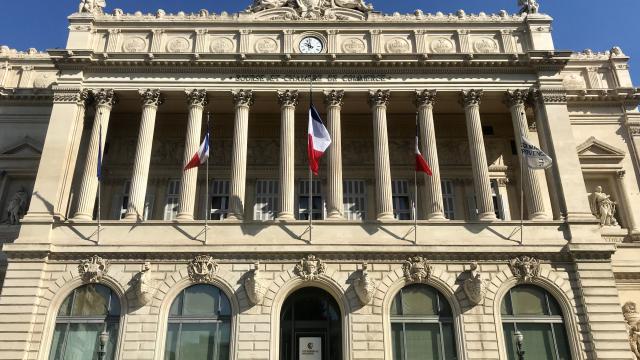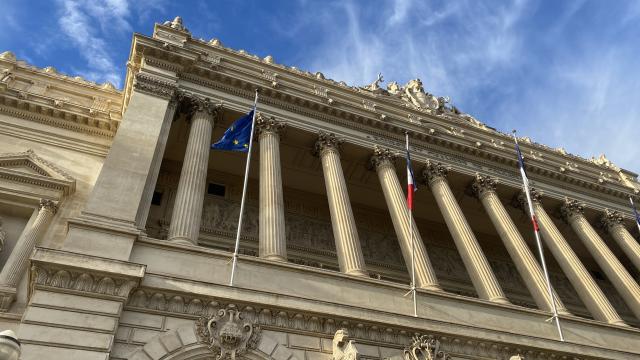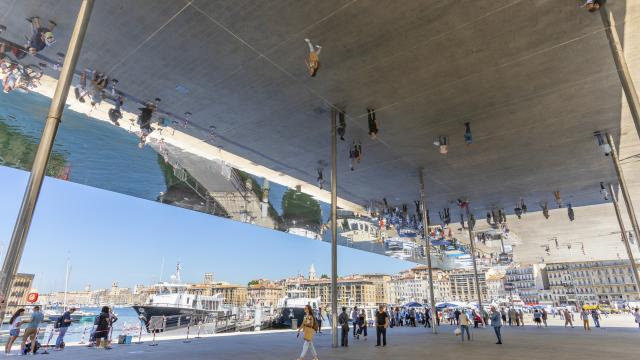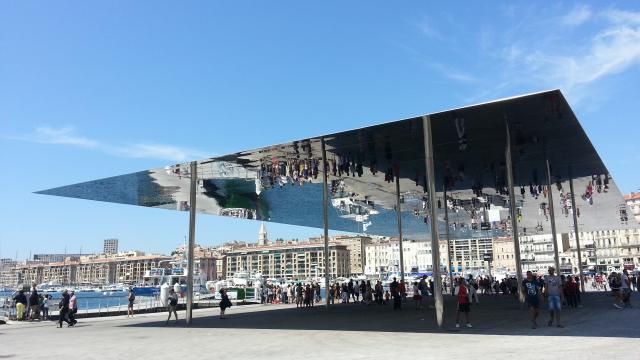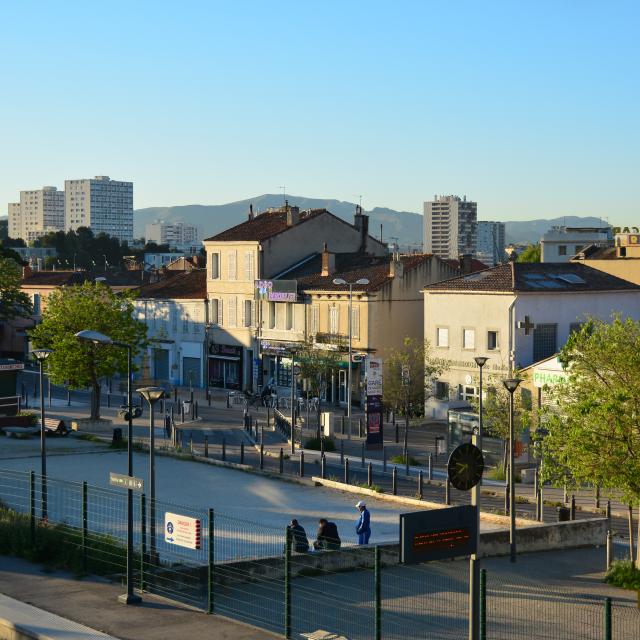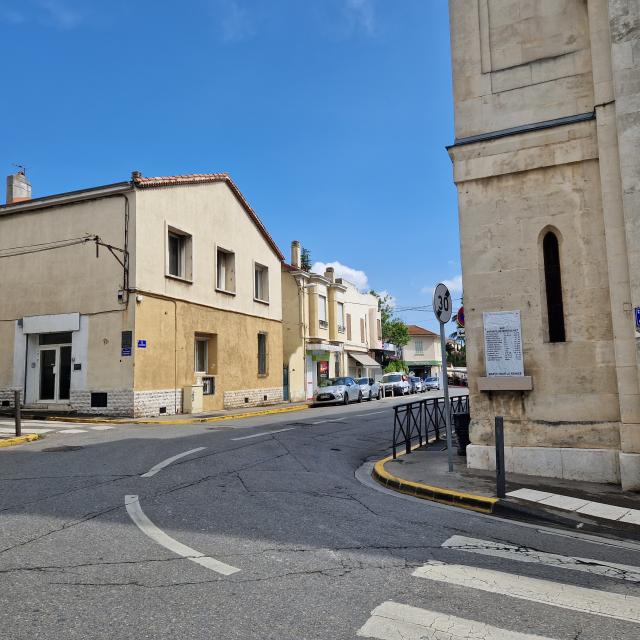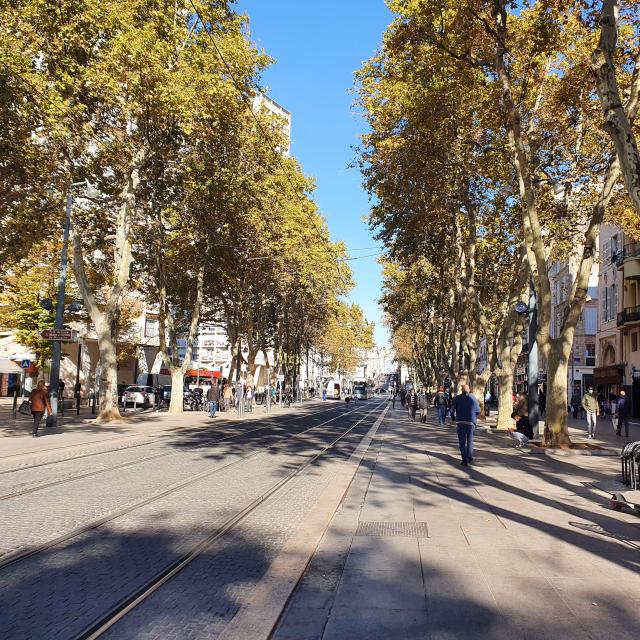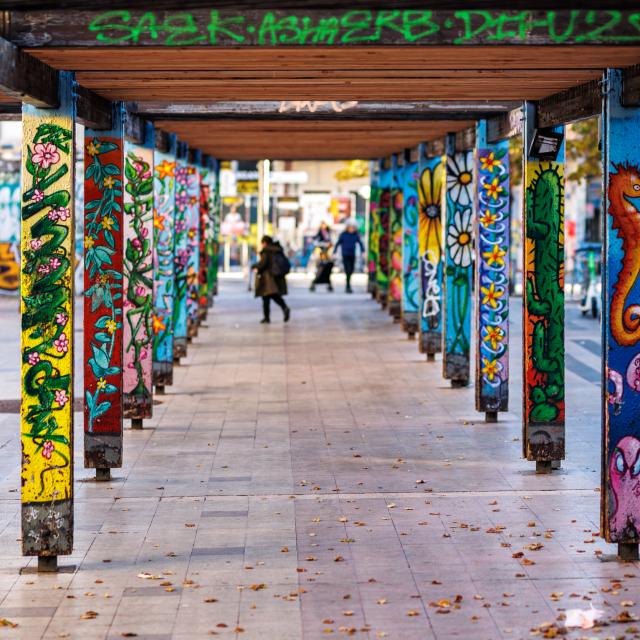A neighborhood near the Old Port
Located in the 1st arrondissement, l’Opéra is one of the 6 neighborhoods belonging to the 1st sector of the City of Marseille along with Belsunce, le Chapitre, Noailles, Saint-Charles and Thiers. Close to the Vieux-Port, this neighborhood with its heteroclite atmosphere mixes upmarket shops and unpretentious brands. It is made up of standing buildings that offer an ideal living environment for young working people. There’s also no shortage of entertainment in the heart of this Marseille neighborhood, made up of bars and trendy restaurants.
Since 2015, the Opéra district is getting a facelift to attract both visitors and Marseillais who tend to stay solely on the Vieux-Port. Henceforth, due to the dynamism instilled on the district, the vacationers and inhabitants of the city are heading more to the adjacent alleyways provided with tea bars, coffee shops, trendy boutiques and other charming shops. This change was both an opportunity and a gamble taken by Cosens and Mendinscop, the two associations behind the ‘Marseillez-moi’ project.
